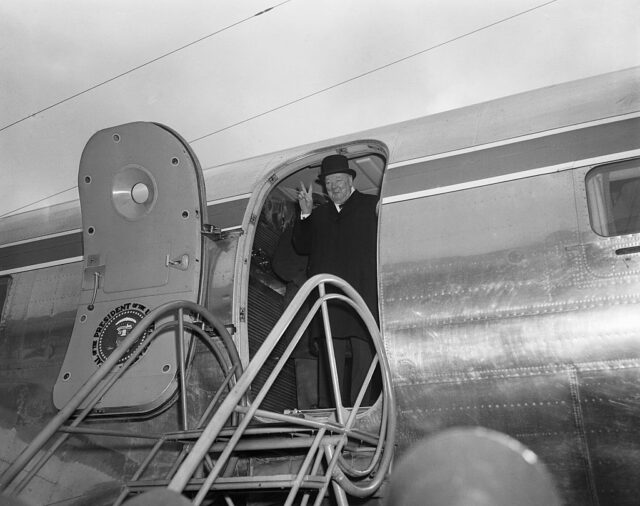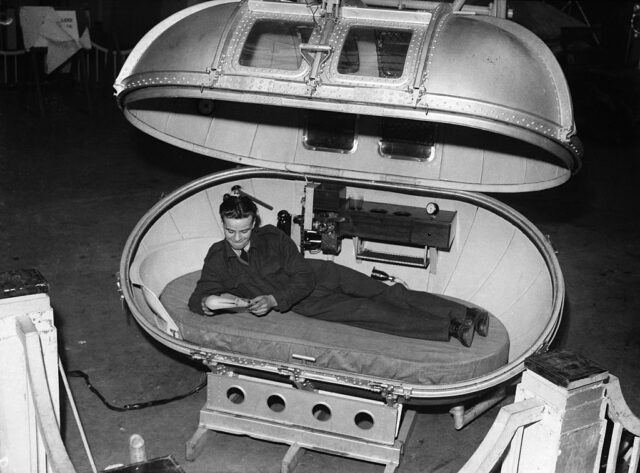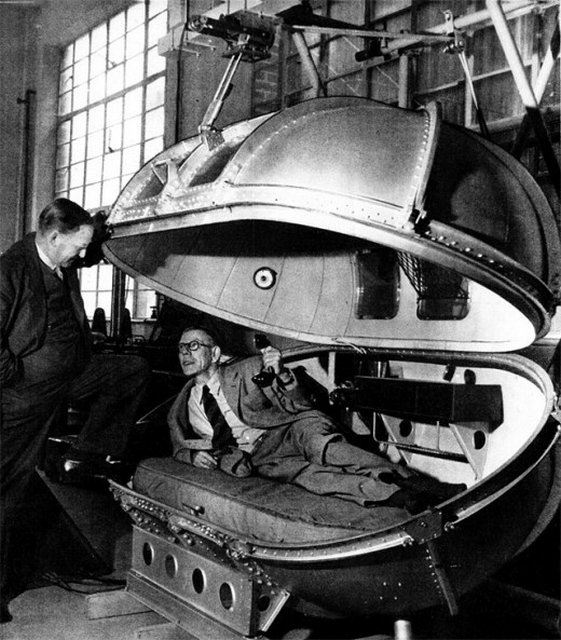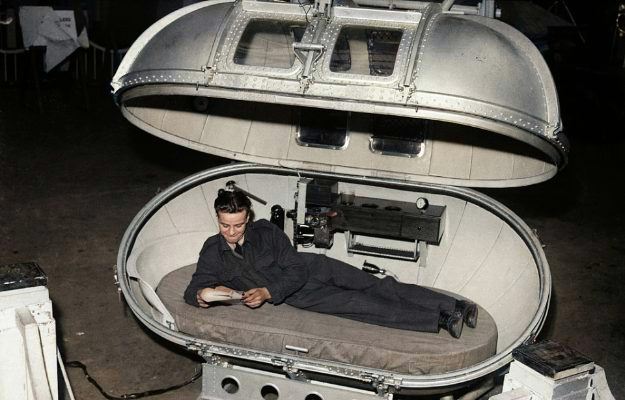During the Second World War, scientists created many incredible pieces of technology as well as some truly strange things. One of the odder inventions was the “Churchill Egg,” a massive metal pod that could fit one grown man lying down. Discover why a team of engineers dedicated their time to making this strange contraption for the British Prime Minister.
Declining health
Winston Churchill was not particularly healthy, as might be expected of someone who smoked eight to 10 cigars daily and had a doctor’s note permitting him to consume “indefinite” amounts of alcohol when visiting the United States. He endured at least one bout of pneumonia during the Second World War, and it’s believed that he had a heart attack while at the White House in 1941.

These health problems were of great concern to Lord Moran, Churchill’s personal doctor, and made travel difficult. This was quite problematic since the Prime Minister needed to fly around the world regularly, especially as he often refused to take meetings with other world leaders over the phone. Between 1940 and 1945, he went on at least 25 trips outside Britain.
The ‘Churchill Egg’
Moran knew that every time he flew, Churchill was subjected to lower levels of oxygen that could harm his already weak heart. This may seem like a strange thing to worry about now, but at the time, pressurization in aircraft was still very rudimentary. None of the planes that Churchill flew in early on were even pressurized. This meant they typically flew below 8,000 feet but occasionally had to go higher to avoid certain obstacles.

In order for Churchill to fly without compromising his health, a team of engineers at the Institute of Aviation Medicine came up with a solution. They created a pressurized container, a “Churchill Egg,” that could be carried on a plane. It could fit just one person.
Never got off the ground
When the aircraft started traveling higher, the Prime Minister could get inside and wait it out with no detriment to his health. In fact, he would still have all the luxuries he was accustomed to: newspapers, smoking, and even an intercom to communicate with his staff who remained outside. It was made of aluminum with plastic windows along the sides so he could see out.

While the engineers created a fully functioning pod, it was never put into use. It was supposed to be used on the Avro York transport Ascalon, the plane that Churchill usually used, but it was much too small to carry the pod. Instead, they tried fitting it on an American C-54.
More from us: Inventions That Inventors Regret Introducing To The World
This was more successful as they could actually get it inside, but it was still too heavy for the plane to carry. Despite the engineers’ best intentions, the pod never left the ground.
